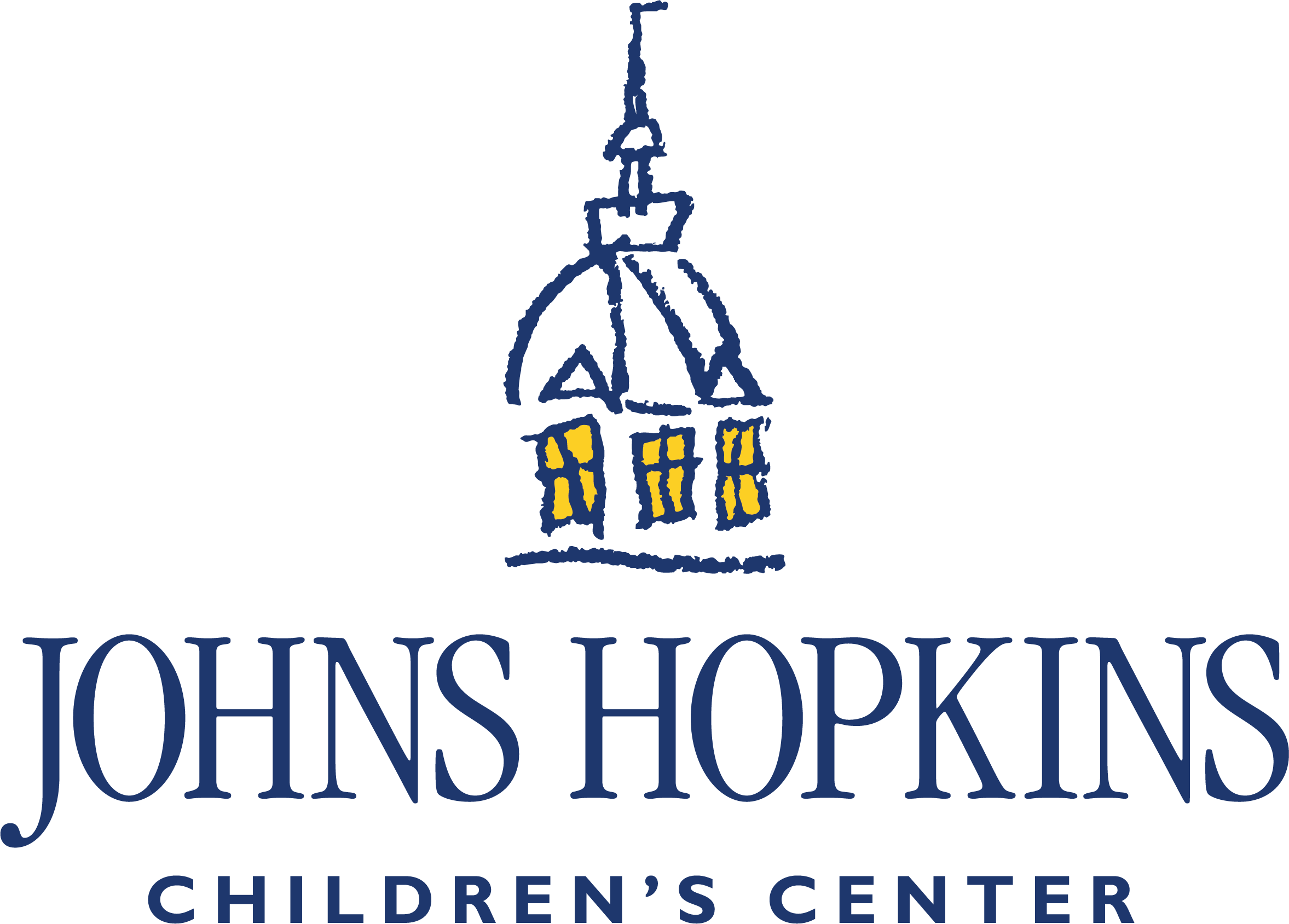History of Pediatric Cardiology
 The first "blue baby" operation (the "Blalock-Taussig shunt"). Dr. Blalock is seen to the left side of the patient. Assisting him is his then intern, Dr. Denton Cooley.
The first "blue baby" operation (the "Blalock-Taussig shunt"). Dr. Blalock is seen to the left side of the patient. Assisting him is his then intern, Dr. Denton Cooley.The Johns Hopkins tradition of surgical intervention on patients with congenital heart disease now spans over six decades, and has evolved into a premiere team that is capable of addressing all forms of congenital heart disease at any patient’s age, performing over 250 congenital cardiac procedures per year, in the greater context of a cardiac team that performs yearly over 1,000 open heart surgeries on patients referred by a local, national and international physician networks.
One of the historical milestones of congenital cardiac surgery was performed at the Johns Hopkins Hospital on November 29th, 1944. Up to that day, most infants and children with Tetralogy of Fallot (the then so-called "blue babies") had in fact no hope for cure, and died as a consequence of their heart condition. Because of their abnormalities, many children suffered from chronic lack of oxygen, and followed the unfortunate course of their disease to their premature death.
Doctor Alfred Blalock first offered these children the possibility of increasing their oxygen levels, by creating a connection between oxygen-rich and oxygen-deprived blood vessels (the "Blalock-Taussig shunt"). After that first successful operation, hundreds of children traveled to Baltimore to become pink again. Over the ensuing decades, many more underwent ever more complex operations, to correct anomalies that affect age groups from the neonatal period to adulthood.
These operations navigate the full spectrum of cardiac malformations, from premature patients to adults with congenital heart disease. In particular, the pediatric cardiac center at the Johns Hopkins Hospital has unparalleled experience in the following:
- Valve-sparing aortic root replacement in pediatric patients with the Marfan syndrome
- Complex operations addressing malformations such as hypoplastic left heart syndrome, transposition of the great arteries and other extreme forms of neonatal pathology
- Adult cardiac surgical service, so that older patients with heart disease benefit from the expertise of clinicians dealing on a daily basis with adult pathology, as well as pediatric cardiologists and cardiac surgeons well-rounded in the complicated field of congenital heart disease.
It is anticipated that, over the next decade, most pediatric cardiac units will see a proportion of at least 50% of their practice devoted to adults with congenital cardiac pathology. With additional expertise in implantable ventricular assist devices, extra corporeal membrane oxygenation (ECMO) and cardiopulmonary transplantation, the structure of the pediatric cardiac service at the Johns Hopkins Hospital is ideally structured to meet the challenge of this constantly growing patient population.

